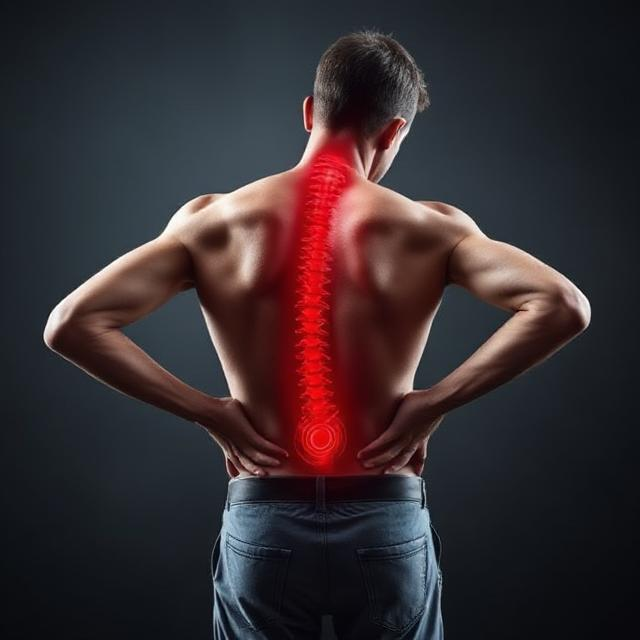5 Common Sport Injuries: Preventions and Treatments


Introduction:
Engaging in sports and physical activities offers numerous health benefits, but it also comes with the risk of injuries. Whether you’re a professional athlete or a weekend warrior, understanding how to prevent and treat common sports injuries is essential for staying active and minimizing downtime.
Here’s a comprehensive guide to five of the most common sports injuries, along with tips for prevention and treatment:
- Sprains and Strains:
Prevention: To prevent sprains (ligament injuries) and strains (muscle or tendon injuries), it’s crucial to warm up adequately before exercise. Incorporate dynamic stretches and movements to prepare your muscles and joints for activity. Additionally, wear supportive footwear and use proper technique during sports and exercise to reduce the risk of overstretching or twisting.
Treatment: Initially, use the R.I.C.E. method—Rest, Ice, Compression, and Elevation—to manage pain and swelling. Avoid putting weight on the injured area and seek medical attention if the injury is severe or does not improve with self-care. Physical therapy may be recommended to restore strength and flexibility once healing has begun.
- Strains and Tears:
Prevention: Strengthening muscles through targeted exercises, such as resistance training and plyometrics, can help prevent strains and tears. Gradually increase the intensity and duration of your workouts to avoid overloading muscles and tendons. Proper technique and equipment usage are also essential for minimizing the risk of injury.
Treatment: Depending on the severity of the strain or tear, treatment may include rest, ice therapy, compression bandages, and elevation. In some cases, surgery may be necessary to repair a torn muscle or tendon. Rehabilitation exercises and physical therapy can facilitate recovery and prevent future injuries.
- Knee Injuries (ACL Tears, Meniscal Tears):
Prevention: Strengthening the muscles around the knee, including the quadriceps, hamstrings, and calves, can help stabilize the joint and reduce the risk of injury. Incorporate exercises that improve balance, proprioception, and agility, such as lunges, squats, and balance drills. Wearing appropriate protective gear, such as knee braces, may also provide added support during high-risk activities.
Treatment: Injuries to the knee often require prompt medical attention. Treatment may include rest, immobilization, physical therapy, and possibly surgery for severe cases. Rehabilitation programs focus on restoring knee function, range of motion, and strength while addressing any underlying biomechanical issues.
- Shin Splints:
Prevention: Shin splints, characterized by pain along the shinbone (tibia), are often caused by overuse or repetitive stress on the lower leg. Gradually increase the intensity and duration of activities to allow your body to adapt gradually. Ensure proper footwear and consider using orthotic inserts or shock-absorbing insoles to reduce impact on the shins.
Treatment: Rest is crucial for healing shin splints, along with ice therapy and anti-inflammatory medications to alleviate pain and swelling. Once symptoms improve, gradually reintroduce low-impact activities and incorporate stretching and strengthening exercises for the lower leg muscles. Addressing biomechanical imbalances or training errors can also help prevent recurrence.
- Ankle Sprains:
Prevention: Strengthening the muscles around the ankle and improving proprioception can help prevent ankle sprains. Balance exercises, such as standing on one leg or using a balance board, can enhance ankle stability. Wear supportive footwear with good ankle support, especially during high-impact sports or activities.
Treatment: Initially, follow the R.I.C.E. protocol to reduce pain and swelling. Immobilize the ankle with a brace or compression bandage, and avoid putting weight on it until the injury heals.
In conclusion, while sports injuries are common, many can be prevented with proper preparation, technique, and conditioning. However, if an injury does occur, prompt and appropriate treatment is essential for optimal recovery. By following these prevention and treatment strategies, athletes of all levels can reduce their risk of injury and stay active and healthy for years to come.



